Home>Technology>Home Entertainment Systems>What Is A Pico Projector
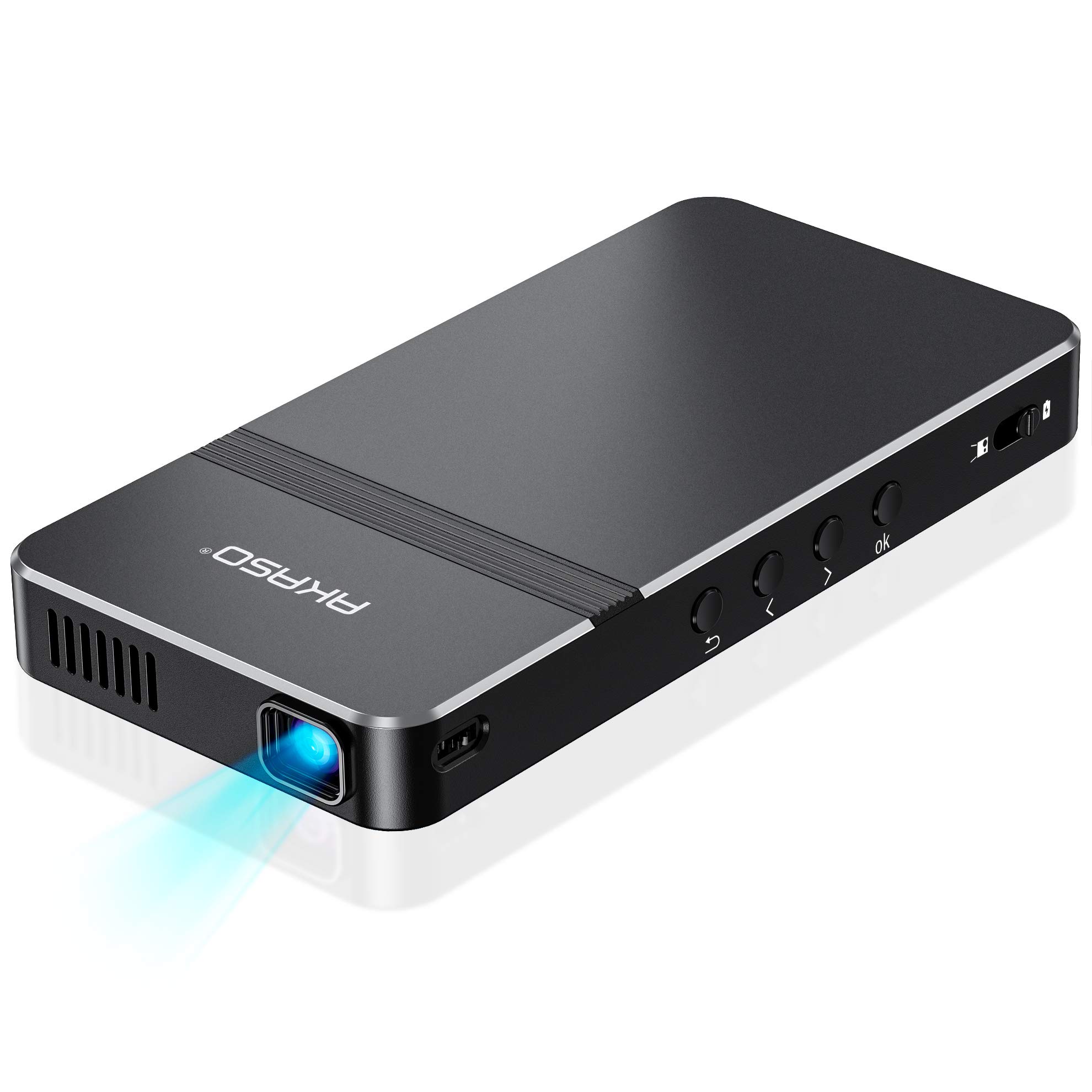

Home Entertainment Systems
What Is A Pico Projector
Modified: October 21, 2024
Discover the benefits of a pico projector for your home entertainment system. Learn how this compact device can enhance your viewing experience.
(Many of the links in this article redirect to a specific reviewed product. Your purchase of these products through affiliate links helps to generate commission for Storables.com, at no extra cost. Learn more)
Introduction
Welcome to the world of Pico projectors, where big things come in tiny packages! Pico projectors, also known as pocket or handheld projectors, have revolutionized the way we view and share content. These compact devices have gained immense popularity due to their portability, versatility, and impressive projection capabilities. In this article, we will delve into the fascinating realm of Pico projectors, exploring their history, functionality, types, applications, advantages, limitations, and the exciting future they hold in the world of home entertainment and beyond.
Pico projectors are a testament to the remarkable advancements in technology, offering a convenient solution for projecting images and videos without the need for bulky equipment. Whether you're a tech enthusiast, a business professional, a movie buff, or a casual user looking to amplify your viewing experience, understanding the ins and outs of Pico projectors can open up a world of possibilities. Join us on this journey as we uncover the magic behind these diminutive yet powerful devices and discover their potential to transform the way we interact with visual content.
Key Takeaways:
- Pico projectors are tiny, portable devices that can project images and videos onto flat surfaces. They’re great for watching movies, giving presentations, and even playing games on the go!
- While Pico projectors are small and convenient, they may not be as bright as traditional projectors and have limitations in image quality and interactive features. However, they’re constantly improving and may soon integrate with augmented reality and wearable devices!
Read also: 10 Best Pico Projector For 2025
History of Pico Projectors
The concept of portable projection dates back to the early 2000s, with the emergence of miniature projection technologies that aimed to deliver big-screen experiences in a compact form factor. The term “Pico projector” was coined to describe these ultra-compact projection devices, reflecting their small size and portability.
In 2008, the consumer electronics industry witnessed a significant milestone with the introduction of the first commercially available Pico projectors. These early models, often integrated into smartphones and digital cameras, showcased the potential of compact projection technology. As the demand for portable and convenient display solutions grew, manufacturers began refining and enhancing Pico projectors, leading to improved brightness, resolution, and connectivity options.
Advancements in light-emitting diode (LED) and laser technologies played a pivotal role in the evolution of Pico projectors, enabling them to achieve higher brightness levels, improved energy efficiency, and extended lifespan. These developments paved the way for a new era of ultra-portable projection, empowering users to enjoy multimedia content on the go without the constraints of traditional display systems.
Over the years, Pico projectors have diversified in form and functionality, with standalone handheld devices, embedded modules in smartphones, and compact accessories for laptops and other devices becoming increasingly prevalent. The integration of wireless connectivity and multimedia playback capabilities has further expanded the versatility of Pico projectors, making them indispensable tools for business presentations, entertainment, education, and personal use.
Today, Pico projectors continue to evolve, with ongoing research and development focused on enhancing image quality, optimizing form factors, and integrating innovative features such as augmented reality (AR) and interactive projection capabilities. As the demand for portable and immersive display solutions grows across various industries, Pico projectors are poised to play a significant role in shaping the future of visual communication and entertainment.
How Pico Projectors Work
Pico projectors employ advanced optical and display technologies to project images and videos onto flat surfaces, creating immersive viewing experiences in diverse environments. Despite their compact size, these devices incorporate sophisticated components that work in harmony to deliver vibrant and detailed projections.
At the core of a Pico projector lies the light source, typically based on LED or laser illumination. These light sources generate intense beams of light, which are then modulated and directed through intricate optical systems to form a coherent image. The projection engine of a Pico projector consists of microelectromechanical systems (MEMS) or digital micromirror devices (DMD) that manipulate the light beams to produce the desired visual output.
Most Pico projectors utilize a digital micromirror device (DMD) chip, which contains an array of microscopic mirrors that can tilt rapidly to reflect light either toward the projection surface or away from it. By selectively angling the mirrors, the projected light is modulated to create the intended image or video frame. This precise modulation of light enables Pico projectors to render high-definition visuals with exceptional clarity and color accuracy.
Furthermore, Pico projectors integrate compact optics, including lenses and beam-steering components, to focus and shape the projected light onto the viewing surface. These optical elements ensure that the projected image maintains sharpness, brightness, and uniformity across the entire display area, enhancing the overall viewing experience.
In terms of content input, Pico projectors offer versatile connectivity options, allowing users to source media from smartphones, tablets, laptops, digital cameras, and other compatible devices. Some Pico projectors feature built-in media players and wireless connectivity, enabling direct playback of content from internal storage or streaming services, eliminating the need for external playback devices.
As the demand for ultra-portable projection solutions continues to grow, Pico projectors are evolving to incorporate augmented reality (AR) capabilities, interactive projection features, and advanced image processing algorithms. These advancements are redefining the possibilities of compact projection technology, expanding the applications of Pico projectors across entertainment, education, business, and beyond.
Types of Pico Projectors
Pico projectors come in various forms and configurations, catering to diverse user preferences and specific application requirements. Understanding the different types of Pico projectors can provide valuable insights into their capabilities and suitability for various use cases.
Standalone Pico Projectors
Standalone Pico projectors are independent, self-contained devices that offer built-in power sources, media playback capabilities, and connectivity options. These compact projectors are designed for on-the-go use, allowing users to enjoy multimedia content without the need for external devices. Standalone Pico projectors are ideal for personal entertainment, impromptu presentations, and portable display solutions in diverse settings.
Read more: What Is A Projector
Embedded Pico Projectors
Embedded Pico projectors are integrated into smartphones, digital cameras, laptops, and other portable devices, adding projection functionality to their existing features. These compact modules enable users to conveniently project content directly from their primary devices, expanding the utility and versatility of smartphones and other handheld gadgets. Embedded Pico projectors are well-suited for sharing photos, videos, presentations, and other visual content without the constraints of traditional displays.
Wireless Pico Projectors
Wireless Pico projectors leverage wireless connectivity standards such as Wi-Fi and Bluetooth to enable seamless content streaming from compatible devices. These projectors offer enhanced mobility and flexibility, allowing users to project content from smartphones, tablets, and laptops without physical cable connections. Wireless Pico projectors are popular for collaborative environments, educational settings, and impromptu presentations where quick setup and hassle-free connectivity are essential.
Smart Pico Projectors
Smart Pico projectors integrate advanced features such as app support, touch interfaces, voice control, and embedded operating systems, transforming them into multifunctional multimedia devices. These projectors offer a comprehensive user experience, combining projection capabilities with interactive and entertainment-oriented functionalities. Smart Pico projectors are suitable for gaming, streaming media, interactive presentations, and immersive content experiences.
Each type of Pico projector offers unique advantages and tailored features, catering to specific user preferences, mobility requirements, and usage scenarios. Whether you’re seeking a standalone projection solution, an integrated projector module, a wireless connectivity option, or smart projector features, the diverse range of Pico projectors ensures that there’s a perfect fit for every projection need.
Applications of Pico Projectors
Pico projectors have found wide-ranging applications across consumer, business, educational, and specialized domains, offering versatile projection solutions in compact and portable form factors. The adaptability and convenience of Pico projectors have led to their integration into numerous environments, unlocking innovative ways to share, present, and interact with visual content.
Read more: What Projector Is The Best
Entertainment and Home Theater
Pico projectors provide an immersive and portable home theater experience, allowing users to enjoy movies, TV shows, and gaming on large screens without the need for a traditional television or projector setup. Their compact size and wireless connectivity options make them ideal for indoor and outdoor entertainment, transforming any space into a cinematic viewing area.
Business and Professional Presentations
Pico projectors serve as powerful tools for on-the-go presentations, enabling professionals to deliver impactful visuals in meetings, conferences, and impromptu settings. Their portability, quick setup, and compatibility with various devices make them indispensable for professionals who require flexible presentation solutions without the bulk of traditional projectors.
Educational and Training Environments
In educational settings, Pico projectors facilitate interactive learning experiences, enabling educators to engage students with multimedia content, visual demonstrations, and collaborative activities. These projectors also support on-the-fly teaching scenarios, outdoor classrooms, and remote learning initiatives, providing educators with versatile tools for dynamic instruction.
Personal and Travel Use
For personal use, Pico projectors offer a convenient way to share photos, videos, and presentations with friends and family. Their portability makes them ideal for travel, camping, and outdoor activities, allowing users to create impromptu entertainment setups wherever they go. Additionally, embedded Pico projectors in smartphones and cameras provide users with instant projection capabilities for capturing and sharing memories on the spot.
Read more: What Is A UST Projector
Specialized and Industrial Applications
Beyond consumer and educational contexts, Pico projectors are utilized in specialized applications such as augmented reality (AR) devices, head-mounted displays, automotive heads-up displays, and portable measurement and visualization tools. These applications leverage the compact form factor and advanced projection capabilities of Pico projectors to enhance user experiences, streamline workflows, and enable new possibilities in various industries.
The versatility of Pico projectors continues to inspire innovative uses and integrations across a spectrum of environments, driving their adoption in diverse fields and contributing to the evolution of portable projection technology.
Advantages and Limitations of Pico Projectors
Pico projectors offer a host of advantages that make them appealing for various applications, alongside certain limitations that warrant consideration when evaluating their suitability for specific use cases.
Advantages
- Portability: Pico projectors are incredibly compact and lightweight, making them highly portable and convenient for on-the-go usage.
- Versatility: These projectors can be used in diverse settings, from home entertainment to business presentations and educational environments.
- Wireless Connectivity: Many Pico projectors feature wireless connectivity options, enabling seamless content streaming and eliminating the need for physical cable connections.
- Energy Efficiency: With efficient LED or laser light sources, Pico projectors consume minimal power and offer extended battery life for standalone models.
- Quick Setup: Pico projectors are designed for rapid deployment, allowing users to set up and start projecting content without extensive preparation.
- Immersive Viewing: Despite their small size, Pico projectors can deliver impressive image sizes, creating immersive viewing experiences in various environments.
Limitations
- Brightness and Ambient Light: Pico projectors may struggle to compete with traditional projectors in well-lit environments due to their limited brightness output.
- Image Quality Trade-offs: Achieving high brightness and resolution in compact form factors often involves trade-offs in image quality compared to larger projectors.
- Battery Life: Standalone Pico projectors rely on internal batteries, which may have limited runtime, especially at higher brightness settings.
- Connectivity Constraints: While wireless connectivity is a key feature, the range and compatibility of wireless connections may vary across different Pico projector models.
- Heat Dissipation: Compact form factors can pose challenges for heat dissipation, potentially affecting the longevity of components and overall performance.
- Interactive Features: Some advanced interactive and augmented reality functionalities may be limited in Pico projectors compared to larger interactive display systems.
Understanding the advantages and limitations of Pico projectors is essential for making informed decisions regarding their integration into specific environments and workflows. While their compact nature and versatility offer compelling benefits, considerations such as brightness, image quality, and interactive capabilities play a crucial role in determining the optimal use cases for Pico projectors.
Read more: What Is A LCD Projector
Future of Pico Projectors
The future of Pico projectors holds promising developments and opportunities, driven by ongoing technological advancements and evolving user needs across various industries. As compact projection solutions continue to gain traction, the following trends and innovations are poised to shape the trajectory of Pico projectors in the coming years.
Enhanced Image Quality and Brightness
Ongoing research and development efforts are focused on improving the image quality and brightness output of Pico projectors, enabling them to deliver sharper, more vibrant visuals in a wider range of lighting conditions. Advancements in light source technologies, optical design, and image processing algorithms are expected to elevate the projection capabilities of Pico projectors, making them more competitive with traditional projection systems.
Integration with Augmented Reality (AR) and Interactive Features
Pico projectors are set to incorporate augmented reality (AR) functionalities and interactive projection features, expanding their utility in gaming, education, training, and specialized industrial applications. By integrating AR capabilities, gesture recognition, and interactive touch interfaces, Pico projectors will offer immersive and interactive experiences that transcend conventional projection setups, unlocking new possibilities for user engagement and content interaction.
Miniaturization and Integration into Wearable Devices
The miniaturization of Pico projectors will pave the way for their integration into wearable devices, such as smart glasses, head-mounted displays, and compact visual aids. By seamlessly integrating projection capabilities into wearable form factors, Pico projectors will enable hands-free visualization, augmented reality overlays, and personalized display experiences, enhancing user mobility and accessibility in various contexts.
Read more: What Is Projector Keystone
Advancements in Energy Efficiency and Thermal Management
Future Pico projectors will benefit from improved energy efficiency and advanced thermal management solutions, addressing concerns related to battery life, heat dissipation, and overall device longevity. By optimizing power consumption, heat dissipation, and component reliability, Pico projectors will offer extended usage times, enhanced durability, and consistent performance across diverse operating conditions.
Collaborative and Multi-User Projection Environments
Pico projectors will evolve to support collaborative and multi-user projection environments, enabling seamless content sharing, interactive presentations, and group activities. Enhanced connectivity options, multi-device synchronization, and collaborative software integrations will empower users to create dynamic shared experiences using Pico projectors, fostering collaboration, creativity, and engagement in diverse settings.
The future of Pico projectors is characterized by innovation, convergence with emerging technologies, and a growing ecosystem of applications that leverage compact projection solutions. As these advancements unfold, Pico projectors will continue to redefine the boundaries of portable projection, offering compelling solutions for entertainment, communication, productivity, and immersive visual experiences.
Frequently Asked Questions about What Is A Pico Projector
Was this page helpful?
At Storables.com, we guarantee accurate and reliable information. Our content, validated by Expert Board Contributors, is crafted following stringent Editorial Policies. We're committed to providing you with well-researched, expert-backed insights for all your informational needs.
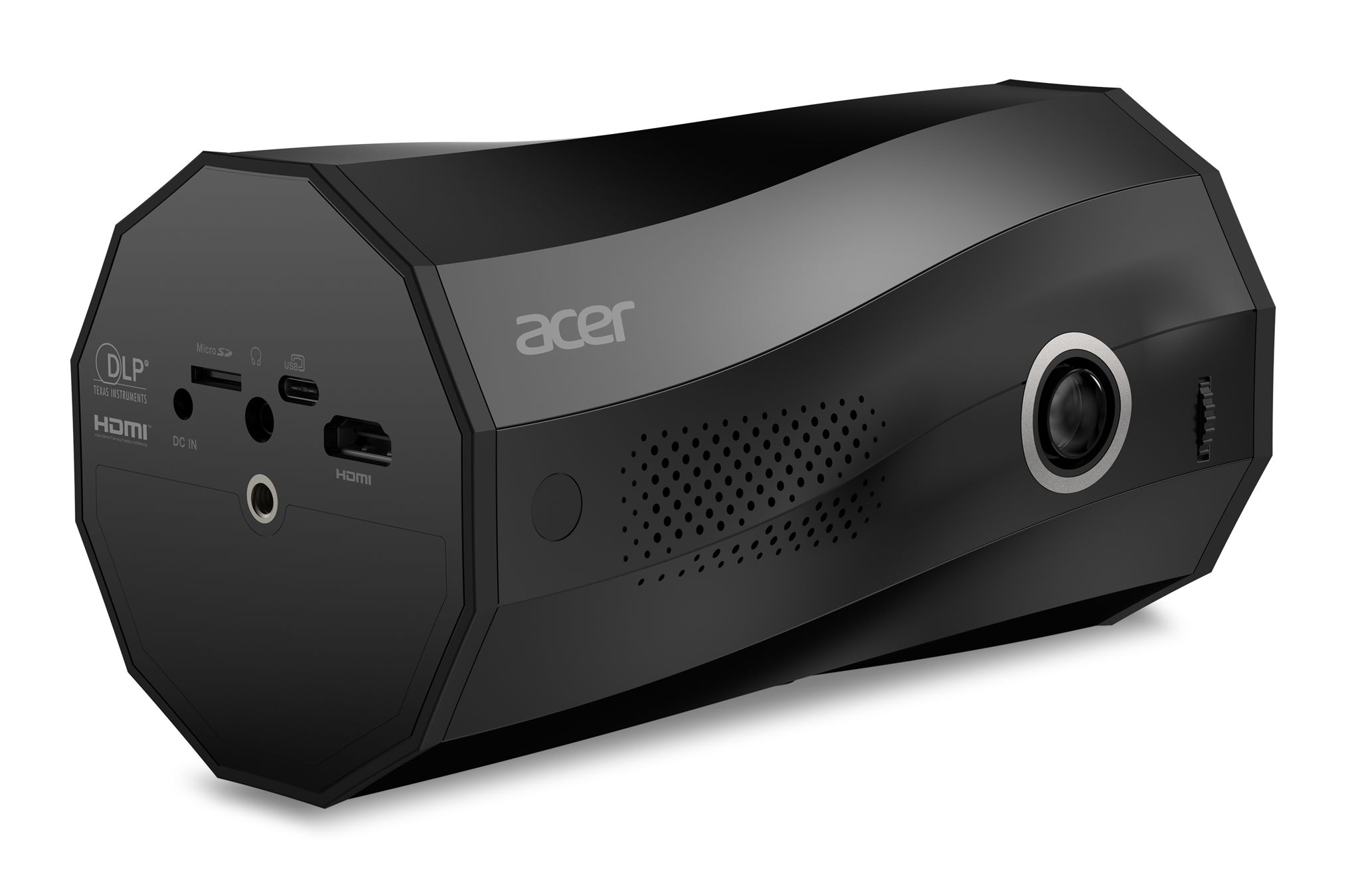
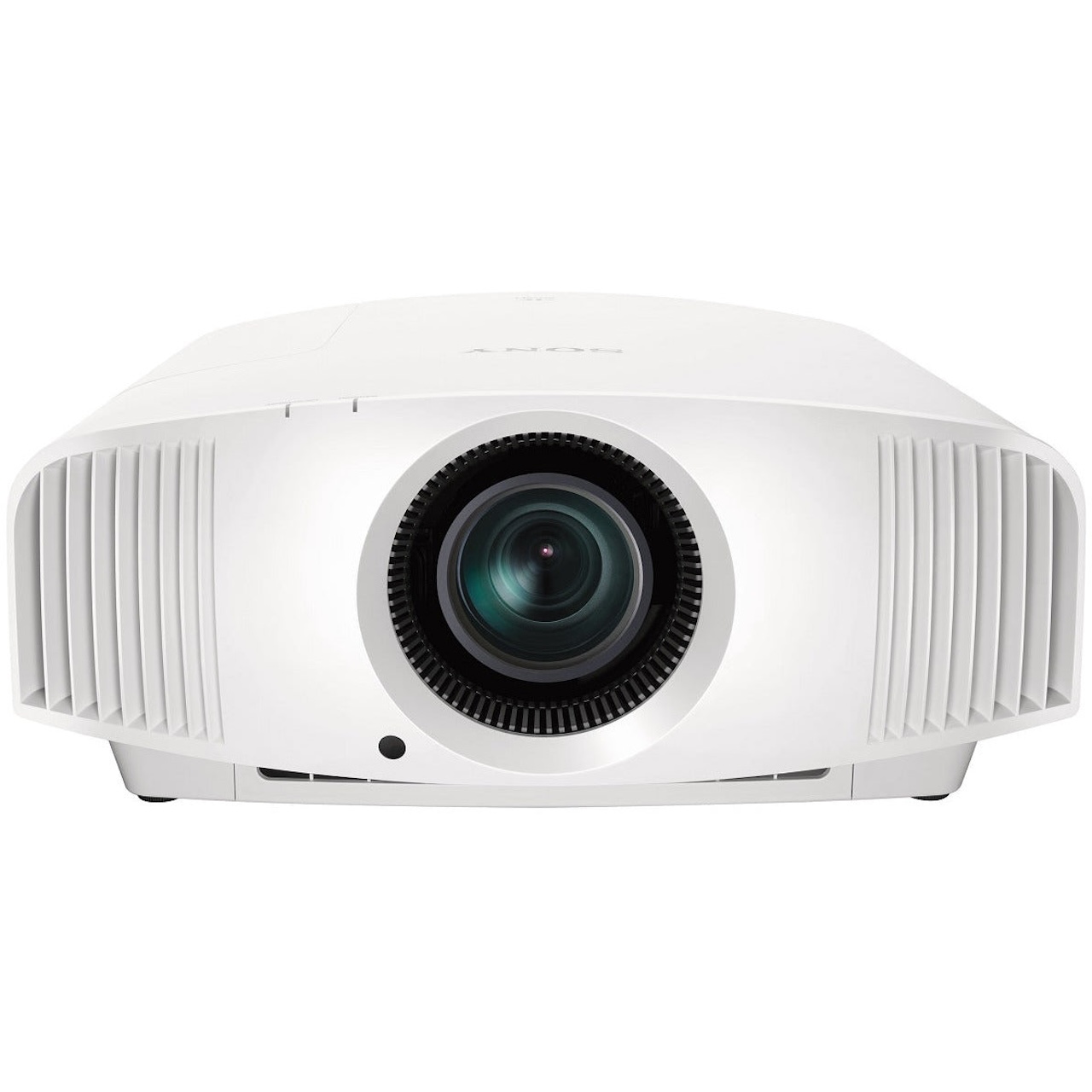
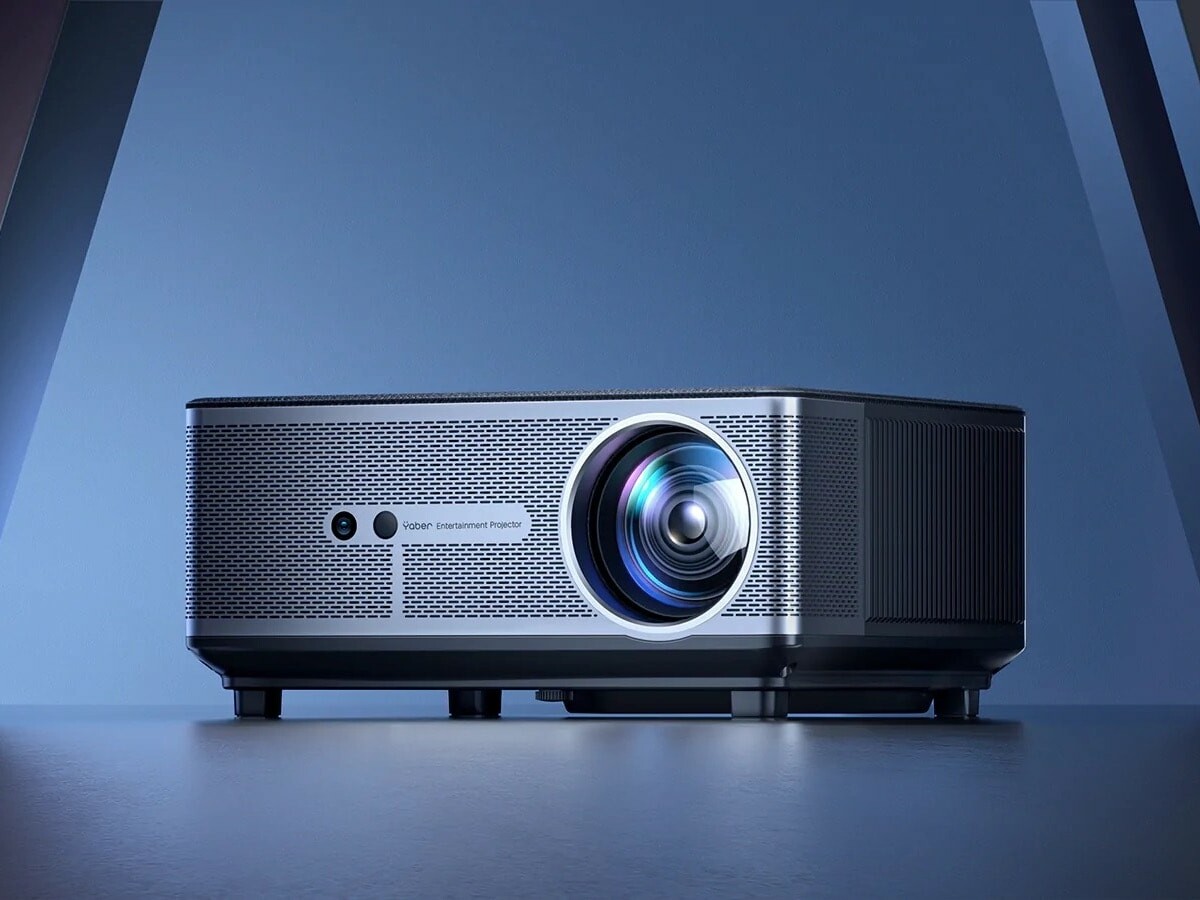


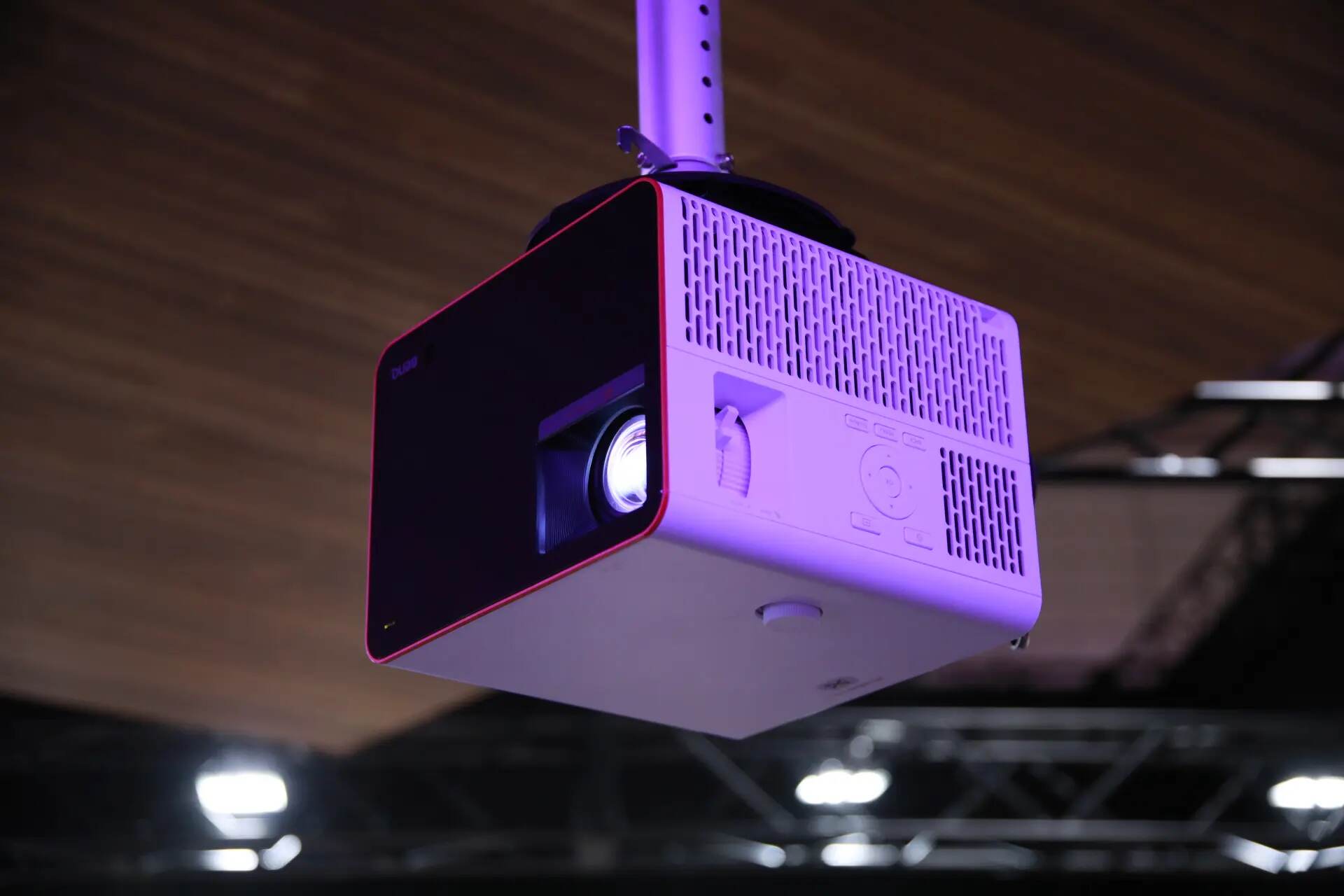
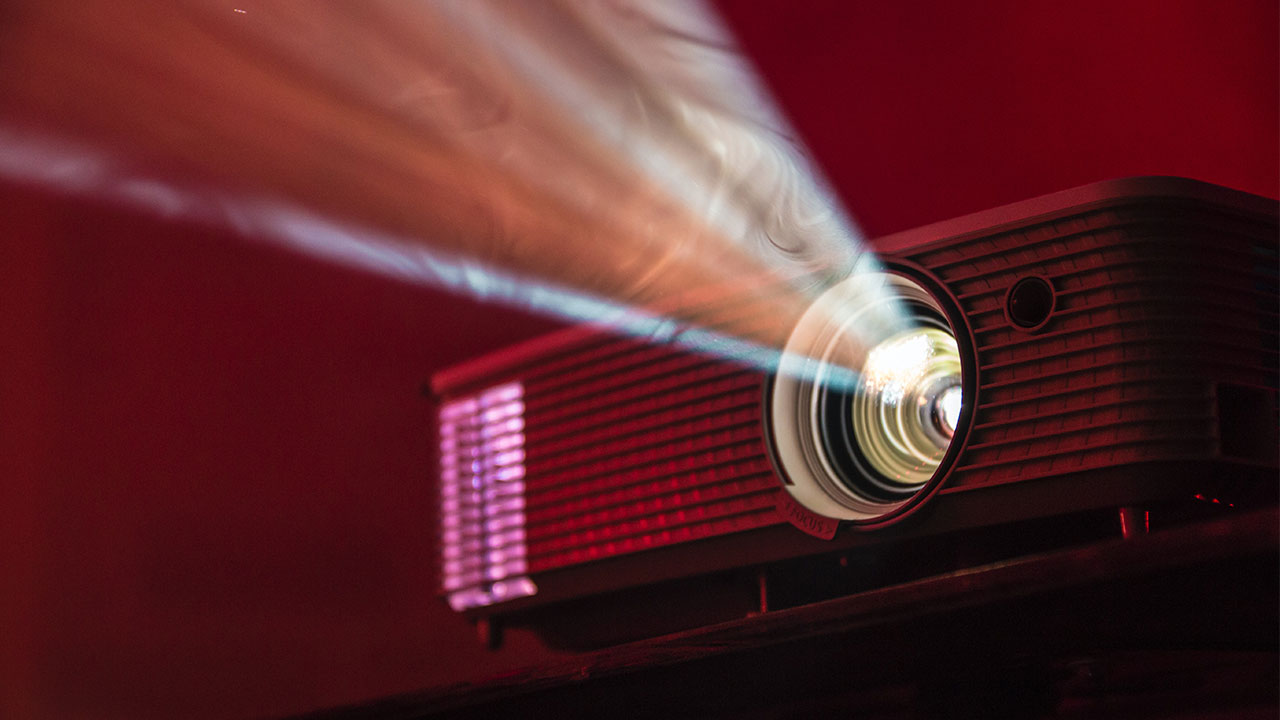
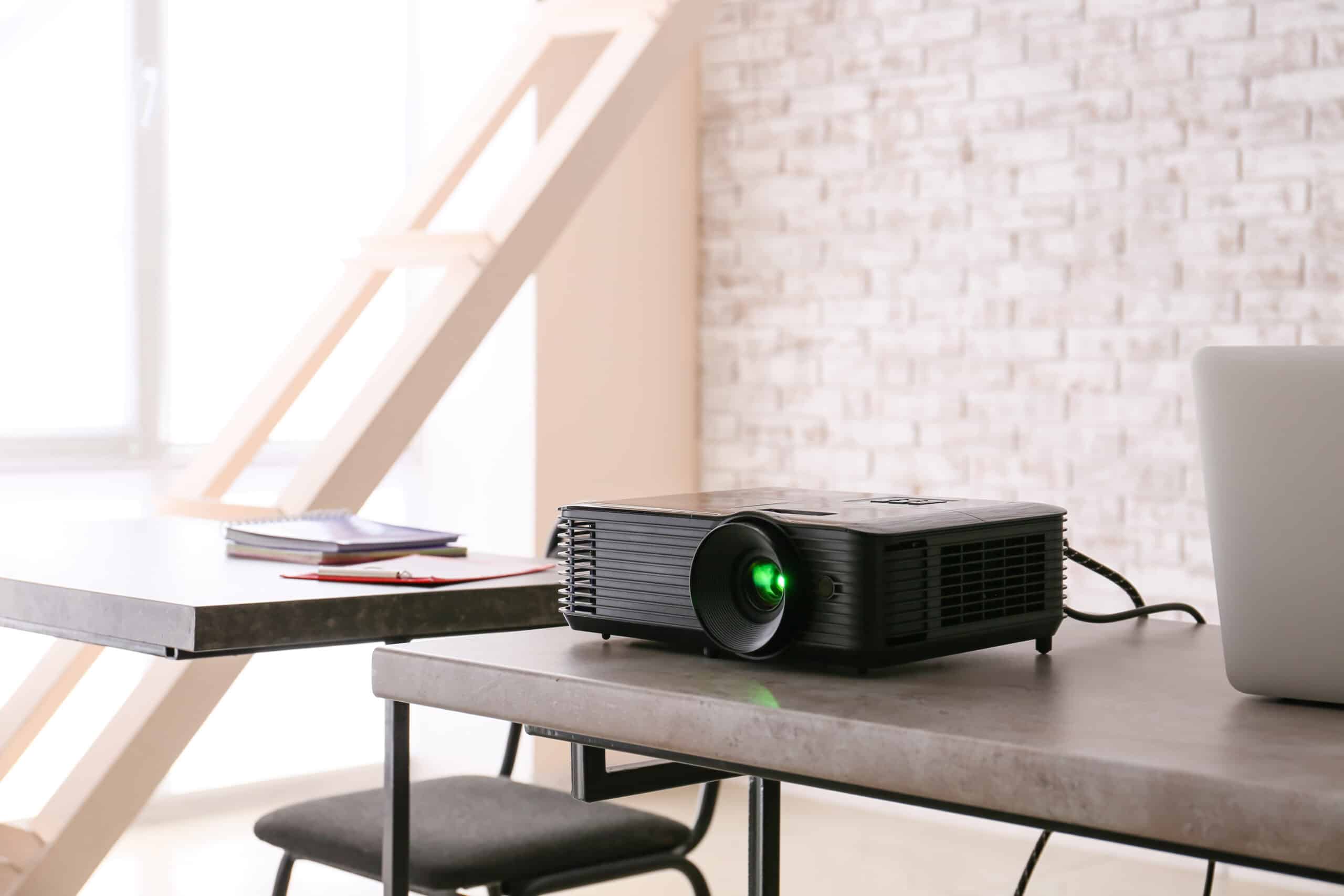

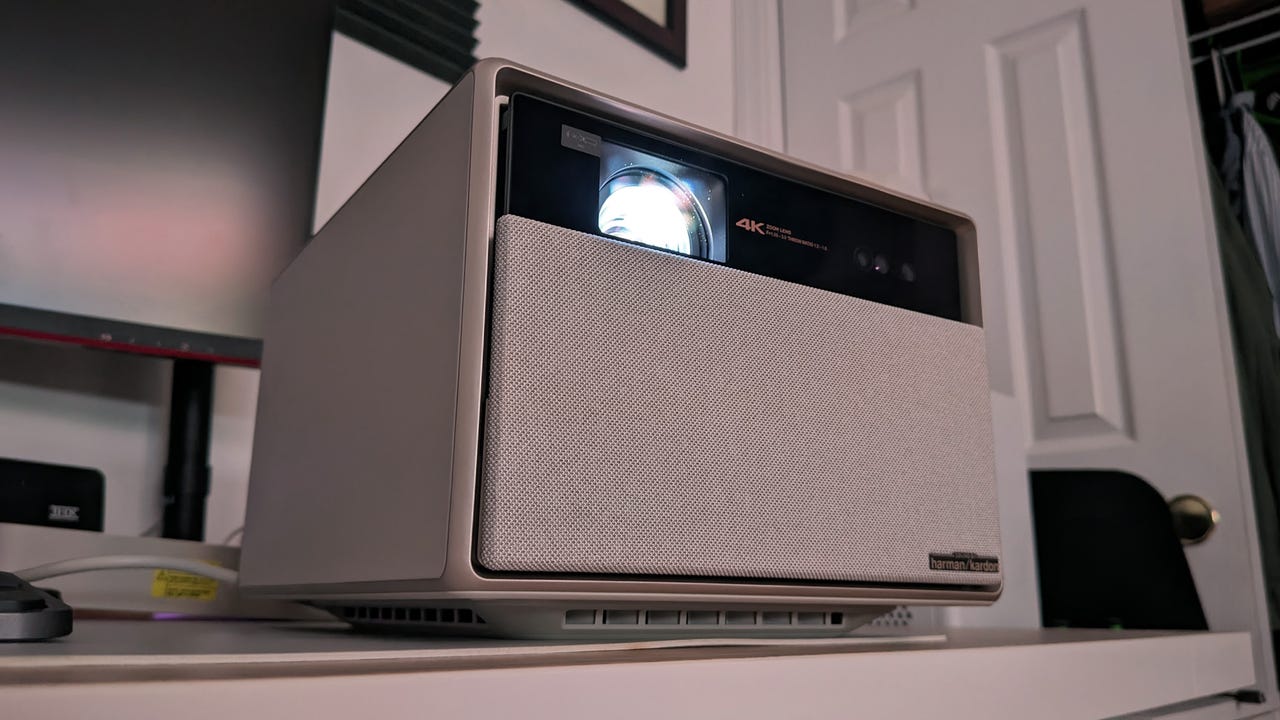

0 thoughts on “What Is A Pico Projector”